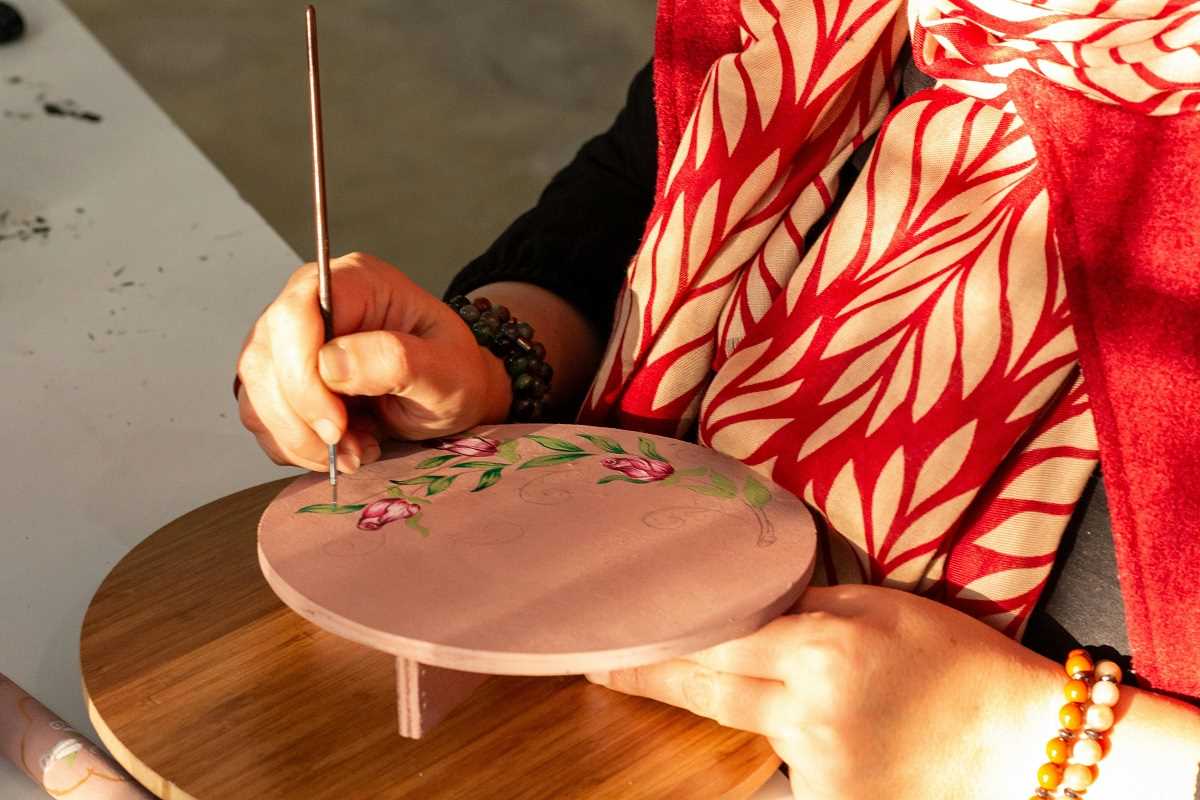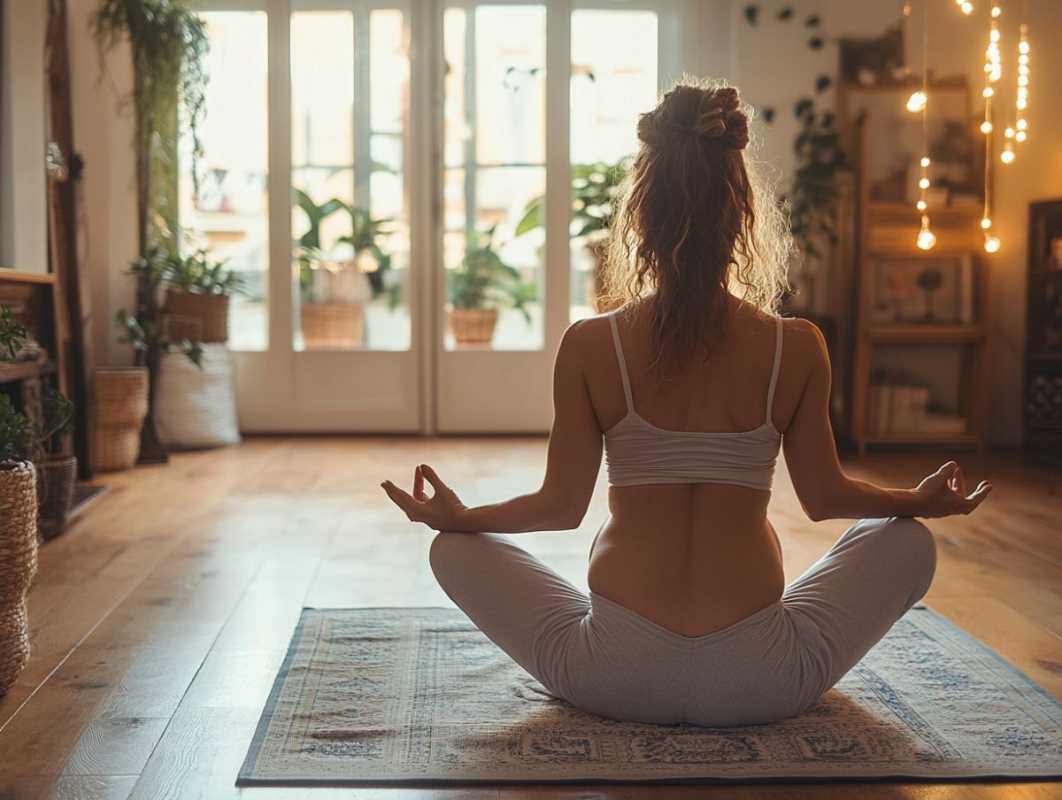Creativity is often thought of as something reserved for artists, musicians, or writers, but it’s actually a fundamental part of human nature. From doodling on a notebook to cooking a new recipe, creativity shows up in many forms throughout daily life. What’s fascinating about creativity is its powerful link to mental health. Engaging in creative activities can not only help express thoughts and emotions but also improve mood, reduce stress, and build resilience. Whether it’s through painting, dancing, or problem-solving, tapping into creativity has significant benefits for the mind.
Understanding the connection between creativity and mental health begins with exploring how creativity works and why it has such a unique impact on well-being. It’s not just about being skilled or producing masterpieces; it’s about the process of creating and how it can foster a sense of joy and mental clarity.
How Creativity Impacts the Brain
When you engage in creative activities, your brain enters a state of intense focus and connection. Neuroscientists have found that creativity involves multiple regions of the brain working together, including the prefrontal cortex (responsible for planning and decision-making) and the default mode network (associated with imagination and daydreaming). This dynamic teamwork explains why creative expression often feels so engaging and rewarding.
One key feature of creativity is its ability to lead to a "flow state." Flow refers to being completely absorbed in an activity to the point where time seems to fly by. During creative flow, the brain releases chemicals like dopamine, which enhances mood and motivation. This is why painting a picture or playing music can leave you feeling energized and uplifted.
Creativity isn’t just good for boosting happiness; it also helps the brain adapt and grow. Activities that stretch the imagination stimulate neuroplasticity, the brain’s ability to form new connections. This adaptability is crucial for overcoming challenges and building mental resilience.
The Therapeutic Benefits of Creative Expression
Creative outlets have long been recognized for their therapeutic value. Art therapy, for instance, uses activities like drawing, sculpting, or journaling to help people process emotions and reduce psychological distress. Even outside a clinical setting, creative hobbies can provide an incredible sense of relief and accomplishment.
Here are some ways creativity supports mental health:
- Stress Reduction: Engaging in a creative activity, like coloring or knitting, shifts focus away from stressors and creates a sense of calm. Research even shows that 45 minutes of creative work can lower levels of cortisol, the hormone linked to stress.
- Processing Emotions: Creativity offers a safe space to explore feelings that might be hard to express in words. For example, writing in a journal can help make sense of a difficult experience.
- Building Confidence: Completing a creative project, no matter how small, boosts self-esteem and provides a sense of achievement. It’s a reminder of your ability to learn and grow.
- Elevating Mood: Creating something, even if it’s imperfect, brings joy. Studies suggest that creative activities like playing a musical instrument or gardening can help alleviate symptoms of depression and anxiety.
The act of creating doesn’t have to be complicated or time-consuming to have an impact. Something as simple as doodling shapes or preparing a home-cooked meal engages the brain in a way that supports emotional and mental well-being.
Creativity as a Tool for Resilience
Life’s challenges can take a toll on mental health, but creativity offers a way to cope and adapt. One reason for this is how creativity encourages problem-solving and flexible thinking. Whether it’s figuring out how to fix a broken item or brainstorming a playful solution to a tough situation, creative thinking helps approach obstacles with a fresh perspective.
During tough times, creative outlets can also provide a sense of hope and purpose. For instance, storytelling or songwriting can turn hardship into something meaningful. Exploring creative paths fosters resilience by teaching the mind to see possibilities and adapt positively to change.
Everyday Ways to Tap Into Creativity
You don’t need to be an artist or invest in expensive supplies to bring more creativity into daily life. Simple activities can spark imagination, help unwind, and strengthen mental well-being. Some ideas include:
- Writing a short poem or sketching your thoughts in a notebook.
- Baking something new and experimenting with flavors.
- Rearranging furniture or redecorating a space for a fresh look.
- Taking photos of interesting patterns, shadows, or textures during a walk.
- Learning a new craft like crocheting or origami.
Creativity often emerges naturally when you allow room for curiosity and exploration. The goal isn’t perfection but the freedom to express and discover something new.
Breaking Through Creative Barriers
Many people think they aren’t “creative enough” to try artistic or imaginative activities. But creativity doesn’t belong to just one group of people or skills. It’s about enjoying the process, even if the result isn’t perfect. Start small and focus on activities that naturally interest you.
It’s equally important to be kind to yourself if self-doubt creeps in. Remind yourself that creativity is less about producing something flawless and more about how it makes you feel. If you give yourself permission to explore without judgment, creativity becomes a tool for joy and self-discovery.
Wrapping Up the Connection
At its core, creativity is a deeply human quality that nurtures connection, helps process emotions, and unlocks new possibilities for growth and healing. Its relationship with mental health is a reminder that creating is just as important as resting, working, or socializing. Whether through tiny crafts or bold new projects, the act of creating has the power to refresh the mind and bring a little more joy into life.
By allowing space for creativity in everyday routines, you make room for mental health benefits that are proven to last. After all, sometimes the best medicine for a busy mind is simply picking up a pencil, a paintbrush, or even an idea and letting it spring to life.
 (Image via
(Image via





